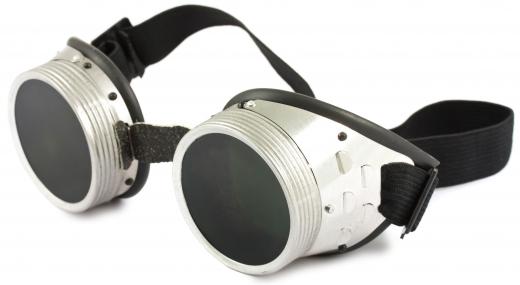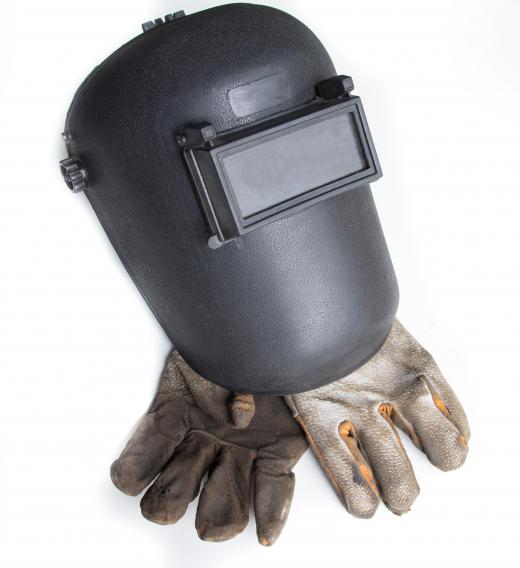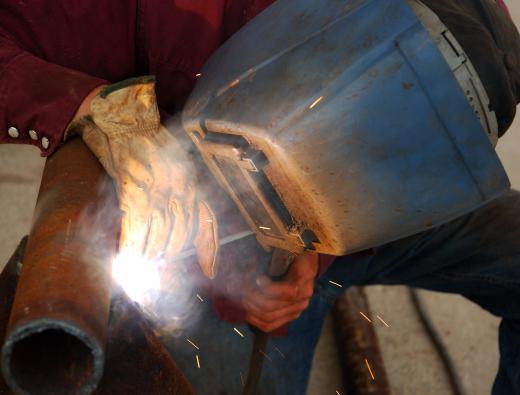Stick welding is an arc welding process that uses welding sticks, also called welding rods. This process is also known as manual arc welding or shielded metal arc welding. The welding sticks are composed of filler metal and flux. The flux component serves to protect the molten metal of the weld while the filler metal is used to join two pieces of metal together.
The equipment and method used in this process are very basic. A ground cable is clamped to the work piece and connected to one side of an arc welding power supply. The electrode cable and electrode holder are connected to the other side of the power supply unit. The consumable welding stick is placed in the electrode holder and is used as an electrode, closing the power supply circuit. When this circuit is closed, the electrical resistance of the base metals of the work piece and filler metal create the high amounts of heat necessary for welding.

To start the stick welding process, the electrode is quickly struck against the work piece to create an electric arc. This step is called striking an arc. By moving along the joint and maintaining close proximity with the electrode and the work piece, a long, continuous weld can be made. Once the weld is made and allowed to cool, the slag created by the protective action of the flux is tapped off using a slag hammer. The joint is then ready for finishing or more welding.

Due to ease of operation and low operating costs, stick welding is one of the most common industrial welding processes. While it is primarily used to weld base metals such as iron and steel, there are many other metals that can be joined using this process. A few of these other metals include aluminum, copper alloys, and nickel. These other metals may require special welding sticks to avoid problems with incompatible metals in a weld.

The stick welding method is commonly used in the construction of pipelines, automotive repair, steel building construction, and industrial fabrication. With the methods versatility and low equipment costs, it has also found a place in home workshops. The main drawback to using this method of welding is weld splatter. This occurs when pieces of molten metal adhere to the areas outside of the joint. While the stick welding technique does not produce the clean welds of the laser welding processes, it is more than adequate for many industrial and home welding applications.
